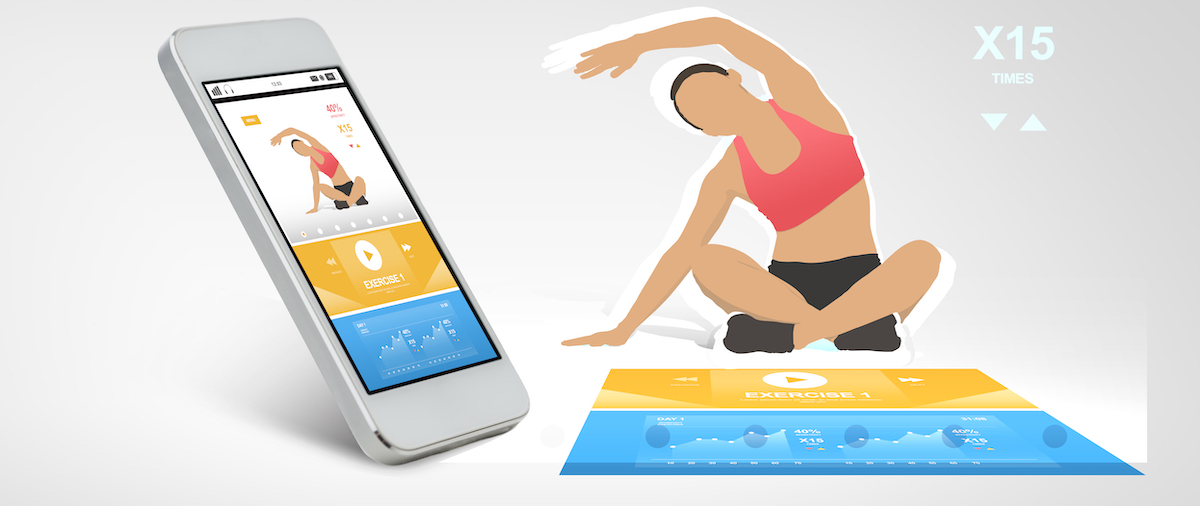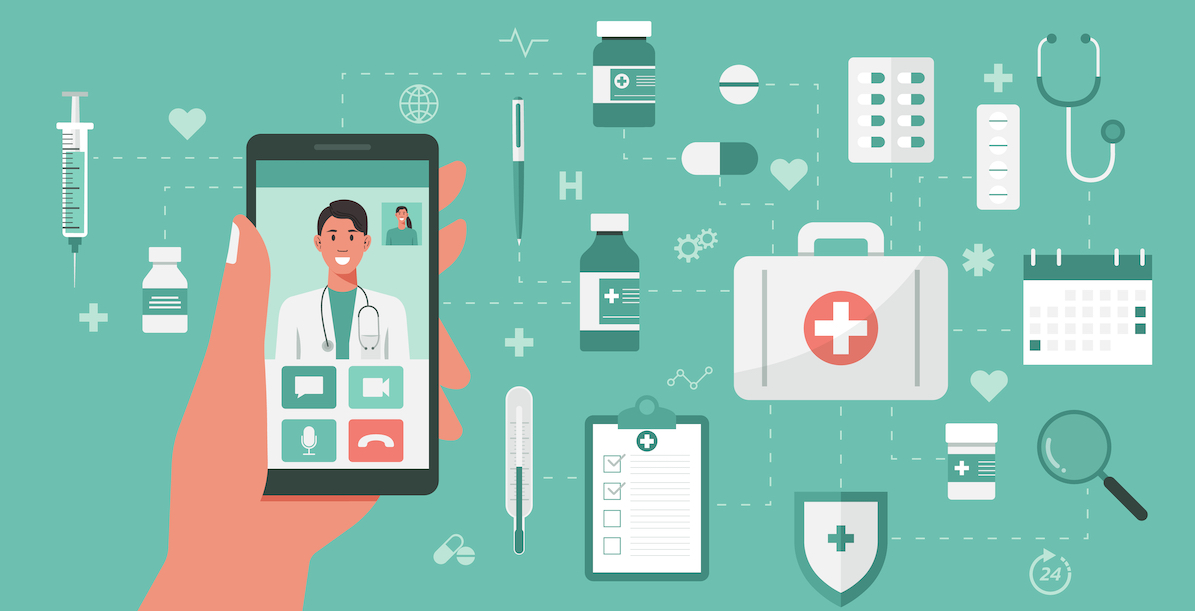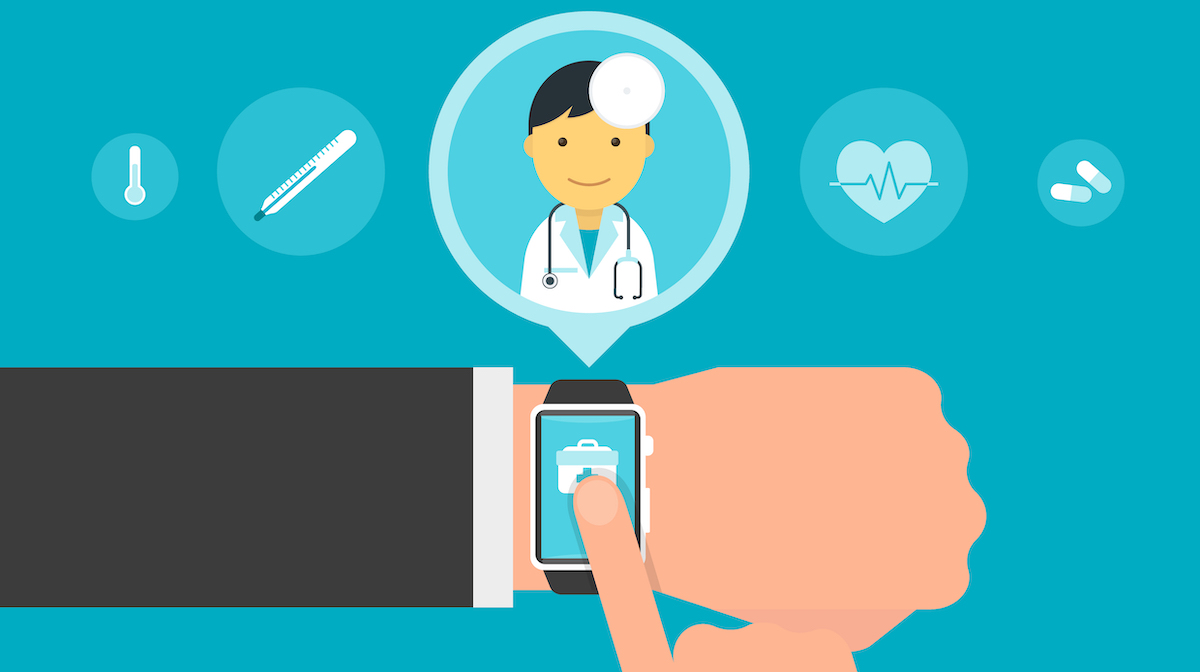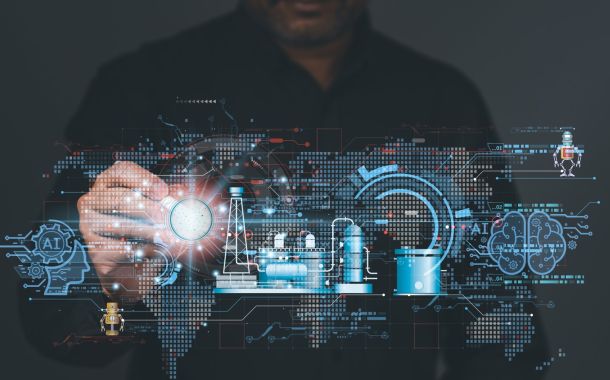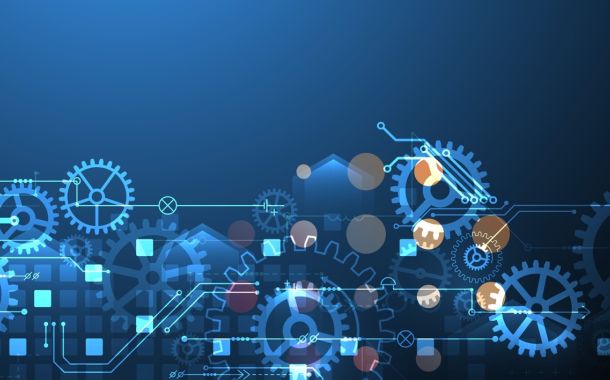Healthy lifestyle app: a lifestyle assistant in your pocket
The use of smart technology in healthcare is not new, but its use at home became popular when smartphones conquered the world. A healthy lifestyle app has a lot of advantages both on the healthcare provider side and on the user side. Let's look at them!
The number of different iOS and Android lifestyle apps now exceeds 350 000. These include some apps that are specifically for medical use and others that track the quality of a healthy lifestyle, diet, and exercise activity. Not only the number of apps is high, but also the number of users: in 2020, for example, 87 million people in the US used a fitness or health app at least once a month.
What are the benefits of a healthy lifestyle app?
The range of healthy apps is very wide. Some focus on a specific area, such as medication consumption, and others are complex health apps. Let's take a general look at the benefits of using an app in this area!
Support for telemedicine
A necessary consequence of the coronavirus pandemic is that telemedicine has made huge progress both in terms of quality and volume. It is now easy to provide certain health services without the patient and the doctor staying in the same room. This includes diagnostic services, remote monitoring, and therapeutic procedures. Specialized apps can greatly facilitate these processes, as well as prescription writing and appointment booking.
Reducing administrative burdens
From the medical service providers’ perspective, mobile apps can reduce the administrative burden for doctors and nurses. Information that was previously stored on paper is now easily accessible digitally, allowing professionals to access stored data with just a few clicks, even the information recorded by the patients with their own smart devices.
0-24 service
A healthy lifestyle app makes it easy to track and record nutrition intake and exercise. These are particularly important for those who want to stay fit or follow a strict diet. Apps usually have a range of calculators available depending on the type of app, which will determine the recommended calorie intake based on, for example, body type, activity level, and this can be tracked using the calorie counter. This data can be recorded anywhere and anytime, making it much easier to manage the everyday routine.
Precise diagnoses
With the proliferation of IoT devices, data and information can be collected that does not need to be manually entered but is transmitted to the app via a smart device. Examples include monitoring heart rate, blood pressure, stress, sleep quality. With a smart bracelet or smartwatch, these parameters can be easily monitored, collected, and analyzed.
This is a huge help in terms of treatment, as it allows the doctor to decide and diagnose not only based on momentary data but also to analyze for a longer period.
Patient condition monitoring
The data collected by smartwatches and smart bracelets via an app should ideally be sent to the doctor. During use, a pattern is established that is specific to the patient, i.e., considered normal. If the readings deviate, the app can send a signal to the doctor, who can intervene to avoid major health emergencies.
The values can also be monitored by the users themselves. And by comparing the data, professionals can easily observe data anomalies.
Medication level monitoring
One can easily record the medication intake with the help of these apps. This feature is beneficial for both the patients taking the drugs and the doctors monitoring the dosage.
A healthy lifestyle app can be very useful and, in some cases, even life-saving, but it should be used with care and caution. You can make the mistake of relying solely on data and forgetting to pay attention to your body's signals. The human body is a complex system that needs to be treated in context. But if you can learn to interpret the data provided by apps, you can do a lot for your health by monitoring your general parameters, diet, and exercise.


